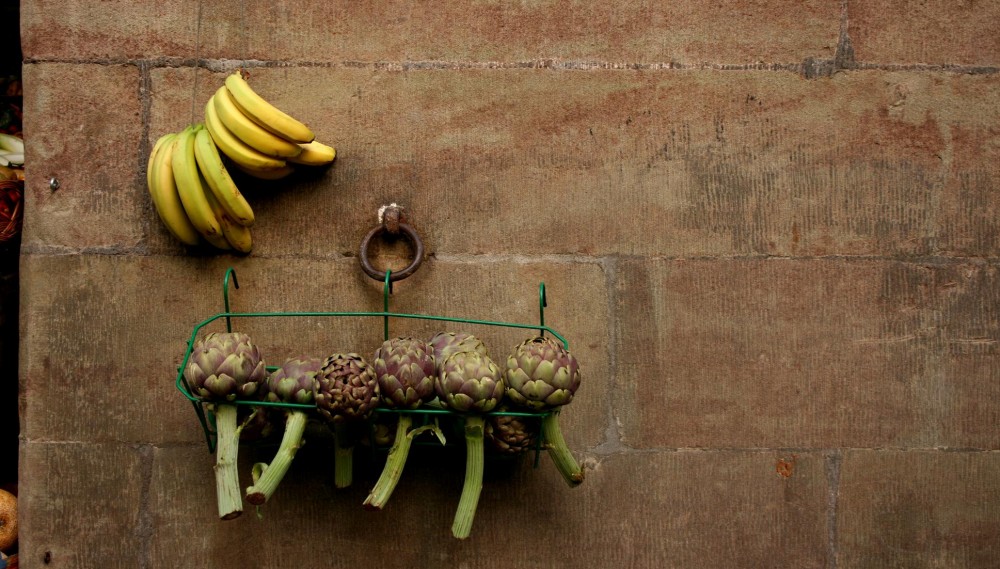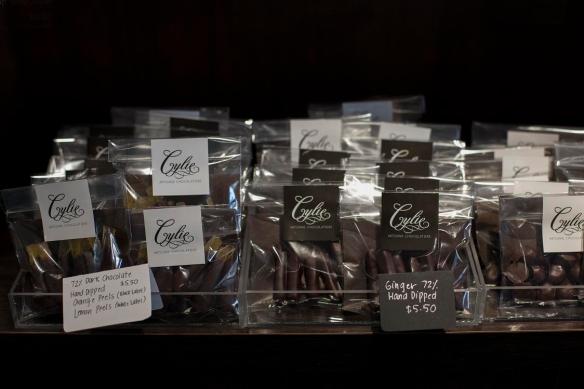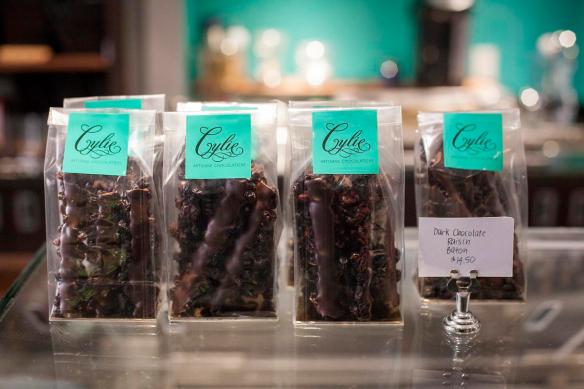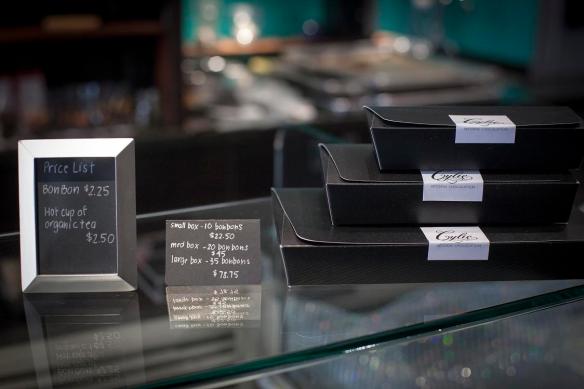June 2, 2013 will forever be etched in my mind. It was the first time I tasted chocolate. Really tasted chocolate. I’ve been eating chocolate my whole life, but this was the first time I’d seen a cacao bean or even tasted one. For all the years that I’ve been eating chocolate, I thought I’d built quite a palate for this divine goodness. Then one Sunday at the Ottawa Farmers Market I came across Hummingbird Chocolate. I was lured by the exotic cacao beans, and by the unusual chocolate bars wrapped in gold paper.

I decided on the Amazonas bar and bit off a small piece. It was like the nostalgia scene in Ratatouille when food critic, Anton Ego, samples the ratatouille and is instantly transported to his childhood where he is enjoying his mother’s home made dish. In that moment his pen drops to the floor and he experiences what the food industry describes as the “bliss point”. I had such an experience as one piece of chocolate with its dark, tangy layers and hints of fruit knocked me off my feet.
Erica Gilmour and her partner Drew, owners and founders of Hummingird Chocolate, scour small cooperatives in Latin America to purchase cacao beans from local farmers. Their bean-to-bar model is beyond impressive. They import the cacao beans directly from farmers in Latin America and then roast and produce chocolate in Carp. Last year Erica travelled to Costa Rica where she purchased beans from a cooperative. According to Erica, Hummingbird is one of a handful of chocolate producers in Canada who produce chocolate directly from cacao beans.
The benefits of single-source chocolate are plentiful. Erica connects to farmers directly who in turn receive a higher premium for their cacao beans. She has full control over the production. Where large food companies have devoured the chocolate market with bars loaded with all kinds of processed ingredients, we all now have access to traditionally made artisan chocolate and its simple ingredients: cacao, cane sugar and cocoa butter.
Last Friday Erica was gracious enough to invite me to her facility in Carp. I squealed in excitement at the prospect of visiting my very first chocolate factory and see how the process unfolds. Located in the basement of Alice’s Village Cafe, Hummingbird Chocolate is a quaint production facility. Erica took me through the process of making chocolate:

The raw cacao beans arrive in large bags, so the first thing Erica does is sort through the beans to remove any bad ones or any foreign objects (like sticks or small stones) that made their way into the bags. The beans are taken upstairs and roasted in an oven. Then they are placed in a Crankandstein where they are crushed into smaller pieces:

But to truly separate the cacao (nibs) from their shells (husks) they are then run through a winnower. Props to Drew who hand built this contraption:

Eventually, there is a bucket of nibs (from which the chocolate will be produced) on one end and a bucket of husks on the other end. An interesting tidbit: Erica sells the husks as mulch for gardening or to customers who make tea from the shells.
The nibs are then placed in a melanger with stone wheels to grind them for about three days. Here they are heated and turn to a moist paste called liqueur. Raw sugar is also added at this time.


The liquid chocolate is then poured into baking pans and then ages on a shelf for about two to four weeks or however long is needed to develop the flavours.

The large chocolate bars are then broken up and put into a temperer to melt and to achieve perfect smoothness and shine. The bars are then poured into moulds to set before being wrapped.

I didn’t get a photo of Erica, except while she was busy preparing the chocolate:

Thanks to Erica, I have a new found appreciation for chocolate. I never imagined that I would learn about chocolate from a small production facility in Carp. I can’t think of any more fitting expression that the words of Anton Ego who wrote in his review of Gusteau’s, “[l]ast night, I experienced something new, an extraordinary meal from a singularly unexpected source. To say that both the meal and its maker have challenged my preconceptions about fine cooking is a gross understatement. They have rocked me to my core.”
45.421530
-75.697193





















